

Time is one of the most precious resources, with deadlines, meetings, and endless tasks. As such, we all look for ways to streamline our lives professionally and personally and reclaim the precious minutes that elude us. This is where automated scheduling comes into play.
For those unfamiliar, automated scheduling is revolutionizing our time and resource management. You can forget about the headache of endless email chains and back-and-forth phone calls. With automated scheduling, we can finally get out of the scheduling abyss.
But what exactly is automated scheduling? And, more importantly, how can it transform your workflow? Well, let’s dive in.
Decoding Automated Scheduling: Your Time-Saving Ally
Could you imagine a world where managing employee shifts, coordinating meetings, and booking appointments was effortless? Those are the promises of automated scheduling.
With the help of artificial intelligence (AI), machine learning, and cloud-based technologies, you can free up your time to focus on what matters most. Essentially, it acts as your scheduling assistant. In turn, optimizing your calendar and maximizing your productivity in the background.
Automated scheduling systems integrate seamlessly with your existing digital tools, such as calendars, email, and project management platforms. Based on predefined rules, they analyze availability, send automated reminders, and even reschedule appointments. Maximizing efficiency means minimizing administrative overhead and making every minute count.
Unlocking the Benefits: Why Automate Your Schedule?
There are many benefits to automating your scheduling, from improving your bottom line to raising your team’s morale. Here are some of the key benefits you can experience;
Time is money.
The days of sifting through endless spreadsheets or playing phone tag are over. With automated scheduling, you can focus on strategic initiatives and creative projects or simply take a much-needed break.
Boosting your bottom line.
With automated scheduling, you don’t just save time; you save money as well. Businesses can reduce labor costs and avoid unnecessary overtime by optimizing schedules based on employee availability, skill sets, and peak demand. The goal is to ensure that every scheduled hour contributes to maximum productivity.
Happy employees, happy business.
An organized, fair schedule plays a key role in employee satisfaction. Your team will enjoy a better work-life balance thanks to automated scheduling, which considers individual preferences, time-off requests, and availability. As a result, employee morale will increase, burnout will be reduced, and employees will be more likely to stay with the company. In addition, self-service scheduling and shift swapping empower employees and give them better control over their schedules.
Streamlined time-off management.
In large organizations, managing time-off requests can be a logistical nightmare. With automated scheduling, employees can submit requests, making it easy for managers to review, approve, and adjust accordingly. Streamlined scheduling minimizes scheduling conflicts and ensures adequate coverage during peak periods.
Peak productivity every time.
Using sophisticated algorithms, automated scheduling tools produce optimal schedules based on business needs. With these systems, the correct people are at the right place at the right time by considering peak hours, employee skills, and customer demand. The result? An increase in productivity, improved customer service, and an enhanced use of resources.
Meeting scheduling made easy.
Additionally, automated scheduling simplifies coordinating meetings, which is often complex. By considering participant availability and preferences, you can schedule meetings effortlessly and ensure key stakeholders are in attendance.
Error reduction: the key to smooth operations.
Human errors are inevitable, especially when working with complex schedules. An oversight or typo can result in understaffing, overstaffing, or missed appointments. Scheduling software minimizes these errors, ensuring that all shifts are filled correctly and everyone knows where and when they should be.
Data-driven decisions.
An automated scheduling system generates valuable data, such as attendance records and employee performance. Using this data, you can identify trends, optimize staffing levels, and make informed workforce management decisions.
Scalability for growth.
When your business expands, your scheduling system must keep up. Scalability is one of the biggest advantages of automated scheduling solutions, which offer flexible features and integrations to meet the changing needs of your business.
From Workplace to Wellness: The Versatility of Automated Scheduling
A wide array of industries and sectors can benefit from automated scheduling;
- Workplace and employee management. Whether assigning shifts or tracking employee availability, automated scheduling is key to effective workforce management. In addition to simplifying HR processes, it empowers employees to manage their own schedules.
- Healthcare. The healthcare industry relies heavily on automated scheduling to coordinate physician schedules and maintain patient appointments.
- Customer service and bookings. Many service-based businesses, such as salons, gyms, and restaurants, offer online booking to maximize appointments and reduce administrative costs.
- Education and training. Students and educators can effectively manage their time through automated scheduling by using class timetables, exam schedules, and student appointments.
- Meetings and conferences. Automated scheduling ensures all participants are available for corporate meetings and large-scale events.
How the Magic Works: Behind the Scenes of Automated Scheduling
AI-based insights, sophisticated algorithms, and user preferences combine to create automated scheduling software. In a nutshell, the process looks like this;
- User input. Information such as availability, preferences, and specific requirements must be provided to the system.
- System processing. The software identifies the optimal scheduling times by analyzing the data and applying algorithms.
- Real-time updates. In addition to synchronizing with calendars, the system sends automatic reminders and updates to all relevant parties.
- AI and machine learning. With time, the system learns from past scheduling patterns and uses artificial intelligence to improve its performance.
- Conflict resolution. Based on predefined rules, the system can suggest alternative time slots or automatically reschedule if conflicts arise.
The Future of Scheduling: What Lies Ahead?
With the advancement of technology, automated scheduling is becoming even more intelligent and intuitive. The following are some trends shaping scheduling in the future;
- AI-powered smart scheduling. AI algorithms will predict optimal scheduling times based on user behavior, historical data, and even external factors like traffic and weather.
- Voice-activated scheduling. Using Natural Language Processing (NLP), integration with voice technology will make scheduling even easier.
- Advanced personalization. Personal preferences, work styles, and even personality traits will play a more significant role in scheduling solutions in the future.
- VR and AR integration. Schedules may be integrated with virtual and augmented reality environments, enabling more immersive and collaborative scheduling experiences.
- Blockchain for secure scheduling. In addition to ensuring the integrity of scheduling data, blockchain technology can enhance the security of planning data.
Embrace the Future of Time Management
Automated scheduling is more than a convenient tool; it fundamentally changes how we manage our time and resources. Automating these tedious scheduling tasks will allow us to focus on what really matters. More importantly, we can finally regain our time and master our calendars.
FAQs
What is automated scheduling?
Automated scheduling refers to using software or tools to create schedules automatically, whether for appointments, tasks, resources, or even social media posts. As a result, it eliminates the need to coordinate times and availability manually.
Why should you use automated scheduling?
- Increased efficiency. Automated scheduling saves time and energy by eliminating the back-and-forth communication involved in manual scheduling.
- Reduced errors. There is less chance of double bookings or conflicting schedules.
- Improved customer experience. Clients can schedule appointments themselves 24/7 using the self-service option.
- Better resource utilization. Meeting rooms, equipment, and staff can be utilized more efficiently.
- Enhanced productivity. Teams and individuals can focus on more important tasks by streamlining the scheduling process.
What are some common types of automated scheduling?
- Appointment scheduling. Clients can book appointments online.
- Meeting scheduling. Finds the most convenient time for a group to meet, considering everyone’s availability.
- Resource scheduling. Manages the booking and allocating of resources such as rooms, equipment, and vehicles.
- Task scheduling. Manages tasks within a project or workflow by automating assignment and scheduling.
- Social media scheduling. Users can plan and schedule social media posts ahead of time.
What features should I look for in automated scheduling software?
- Customization. The ability to customize your scheduling process.
- Integration. You can integrate your calendar, CRM, or project management software.
- User-friendliness. It has an intuitive interface that is easy for administrators and users.
- Notifications and reminders. No-shows and missed appointments can be reduced with automatic reminders.
- Reporting and analytics. Data tracking and improvement tools for scheduling.
- Mobile accessibility. Managing schedules from a mobile device is possible.
What are some popular automated scheduling tools?
Many options are available, such as Calendar, Acuity Scheduling, Doodle, When2meet, Google Calendar, and Microsoft Bookings. However, your specific needs and budget will determine your best tool.
How much does automated scheduling software cost?
Prices vary widely based on features, users, and vendors. Some software programs offer free plans with limited functionality, while others require annual or monthly subscriptions.
Image Credit: Pixabay; Pexels
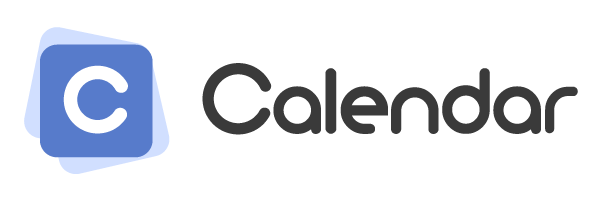

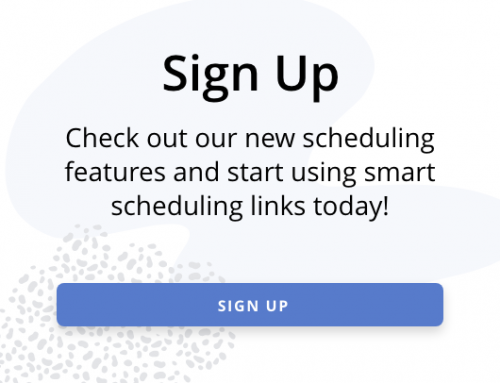


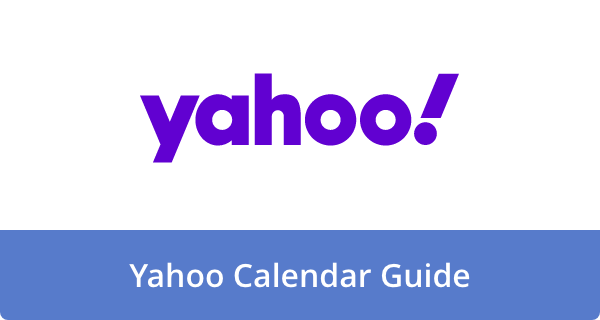
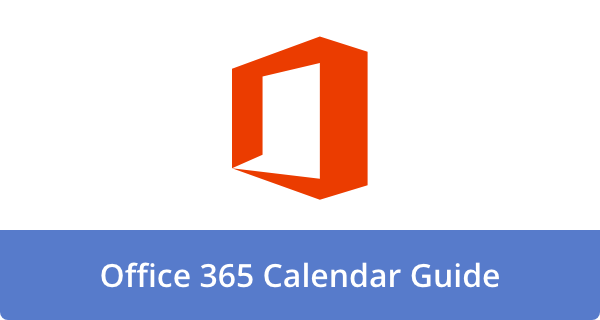
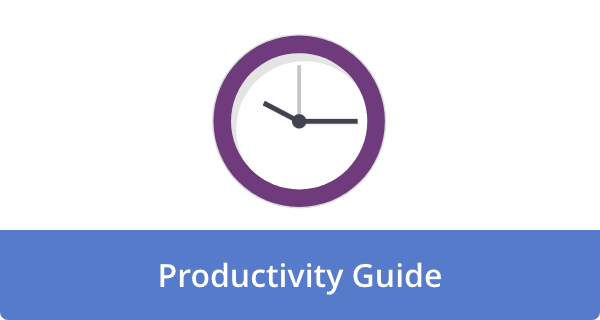



John Rampton
John’s goal in life is to make people’s lives much more productive. Upping productivity allows us to spend more time doing the things we enjoy most. John was recently recognized by Entrepreneur Magazine as being one of the top marketers in the World. John is co-founder and CEO of Calendar.